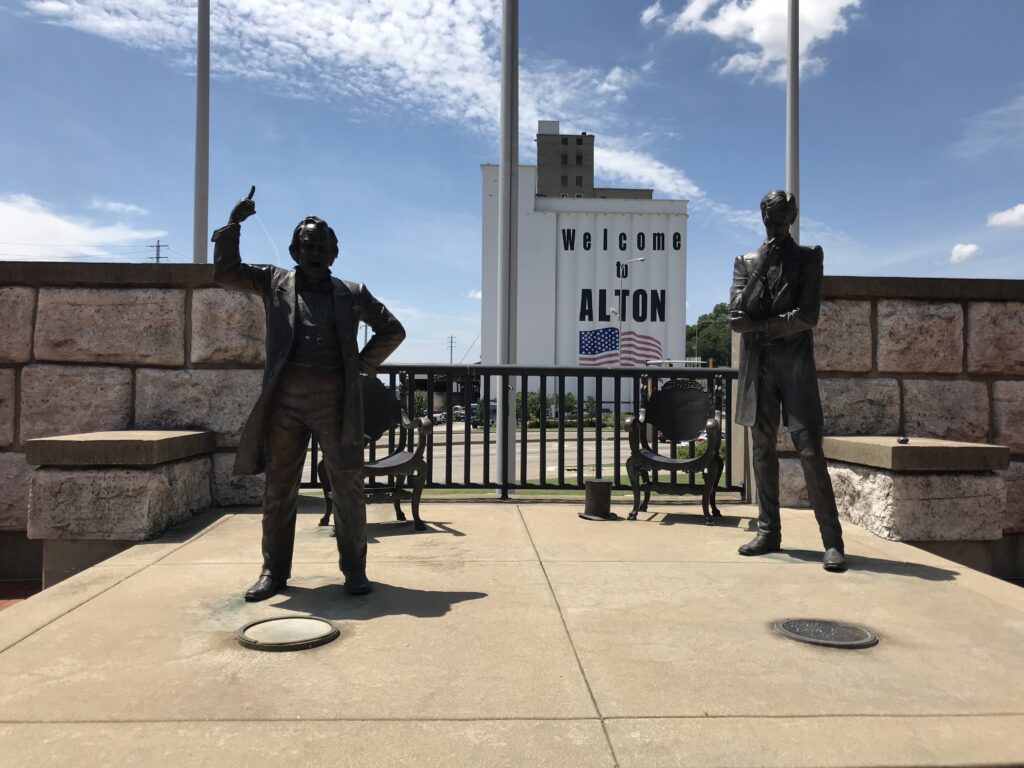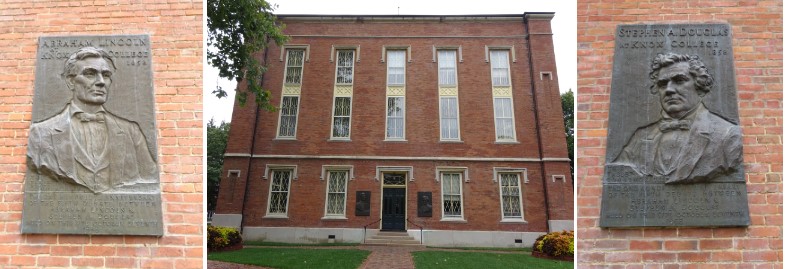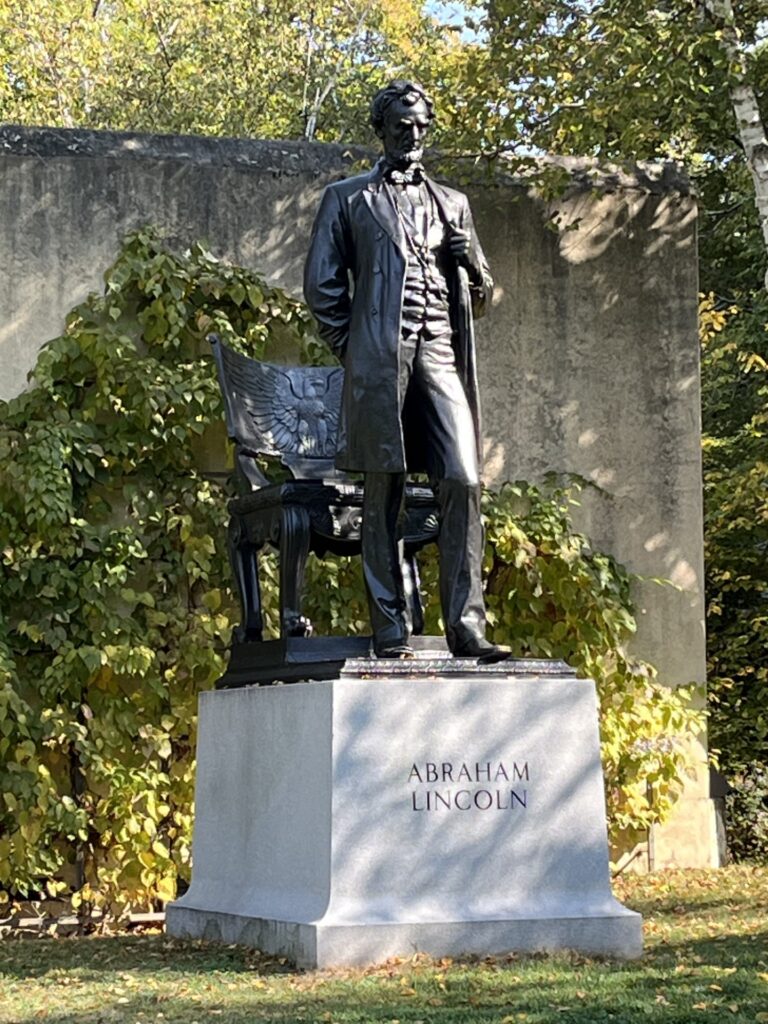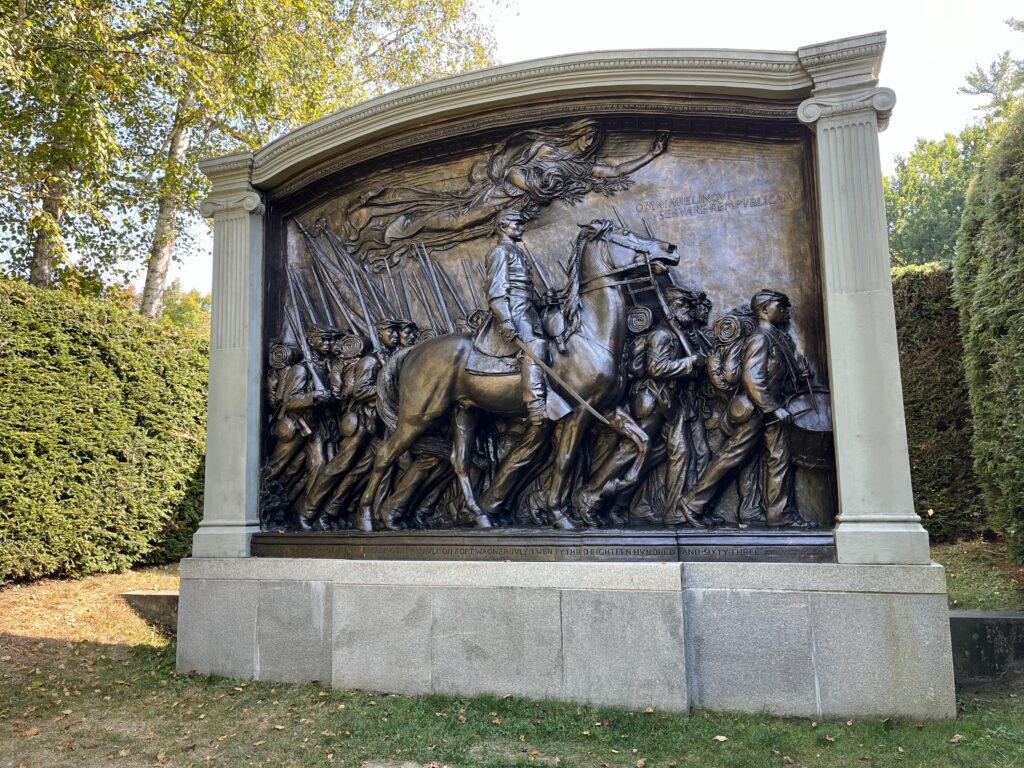 Abraham Lincoln won reelection in 1864. Or so we remember. But the results may not be what they seem, and some of the states had questionable legitimacy. I’ll be discussing this topic in a new presentation scheduled for Tuesday, October 29, 2024.
Abraham Lincoln won reelection in 1864. Or so we remember. But the results may not be what they seem, and some of the states had questionable legitimacy. I’ll be discussing this topic in a new presentation scheduled for Tuesday, October 29, 2024.
RSVP for the Zoom-only event here.
A week ago, I presented information on the incredible political upheaval that led to the 1864 election. The upheaval was so substantial that many voices were calling for the election to be postponed. Lincoln refused to postpone it, noting that:
We cannot have free government without elections; and if the rebellion could force us to forego, or postpone a national election, it might fairly claim to have already conquered and ruined us.
While the conservative party (the Democrats at that time) ran a “peace” platform calling the war a failure and for breaking up the Union, the progressive party (the Republicans at the time) ran Lincoln for reelection with a War Democrat (the side of that party that also wanted to win the war) on a platform that called for winning the Civil War, restoring the Union, and calling for a Constitutional Amendment to end slavery. After I presented on those topics, my colleague, Ed Epstein, presented on the critical soldier vote, including whether they were enthusiastic Lincoln supporters or were coerced into voting for him? There is a great video of the earlier program you can watch on YouTube here.
In the new program on October 29, I’ll dig into the results of the election itself. After considerable concern that Lincoln could not win reelection, he took a second term in a landslide. But all was not what it seemed. Eight states in particular present significant insight into what was happening in the United States at the time. Three went to McClellan, two were invalidated, and three more only existed under questionable circumstances. Seriously, was Nevada even a state? And did Robert E. Lee try to disrupt the whole thing? I’ll take a look at each and what they say about the nation as a whole.
This should be a fascinating presentation and all accessible by Zoom. RSVP here for the October 29 program so we can get an approximate head count and so you can receive the Zoom link. The program begins at 6 pm Eastern Time.
[Photo by David J. Kent]

Lincoln: The Fire of Genius: How Abraham Lincoln’s Commitment to Science and Technology Helped Modernize America is available at booksellers nationwide.
Limited signed copies are available via this website. The book also listed on Goodreads, the database where I keep track of my reading. Click on the “Want to Read” button to put it on your reading list. Please leave a review on Goodreads and Amazon if you like the book.
You also follow my author page on Facebook.
David J. Kent is Immediate Past President of the Lincoln Group of DC and the author of Lincoln: The Fire of Genius: How Abraham Lincoln’s Commitment to Science and Technology Helped Modernize America and Lincoln: The Man Who Saved America.
His previous books include Tesla: The Wizard of Electricity andEdison: The Inventor of the Modern World and two specialty e-books: Nikola Tesla: Renewable Energy Ahead of Its Time and Abraham Lincoln and Nikola Tesla: Connected by Fate.





 With the
With the 








